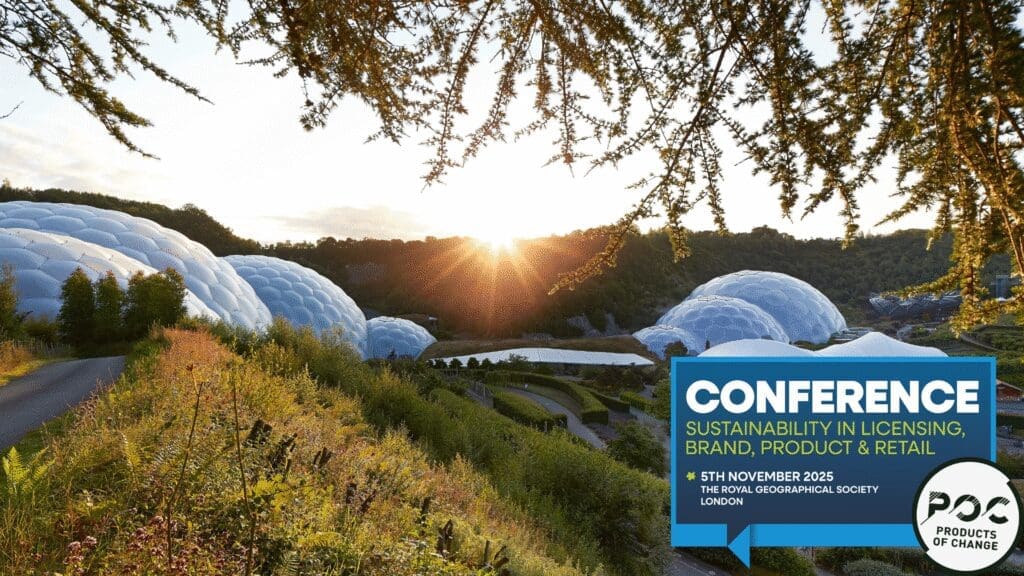Continuing POC’s Packaging Workstream webinar series, Products of Change packaging advisor, Mike Swain, hosted the next instalment, with a focus on actualising change.
Watch the full webinar and Q&A session here.
Previous webinars in the series have focused on legislation, particularly EPR, and what that means for packaging going forward, however this time, Mike took the POC community through real world examples of how some companies are already beginning to make the required changes.
Mike began by noting the changing landscape of packaging legislation, particularly in the UK, and the importance of understanding and adapting to these changes. While we may be looking at rethinking how packaging is made and what it is made from, it still needs to perform its intended function.
Learnings from the Gruffalo
The first case study Mike presented was from toy company, Wow! Stuff. Mike had worked with them to improve the sustainability and reduce the plastic in its Julia Donaldson range. He highlighted the importance of a system-level approach, considering the whole supply chain as well as the destination market.
The key principles in this redesign involved using board mounts instead of vacuum-formed plastic, rattan ties instead of wire, and paper stickers as tamper seals. What was crucial was divorcing the idea of physical size of packaging correlating with retail sale price, instead packaging according to the product requirements and dimensions. Also tying in the whole range to similar packaging dimensions allowed for more efficient secondary packaging, shipping, and storage.
The results of the packaging redesign were and elimination of all plastic, reducing the packaging size by half, and meeting its fitness-for-purpose requirements. All of which was achieved cost-neutral, factoring in the supply chain efficiencies and material offsetting.
Minimising Moose materials
Next up was Moose, another toy company that has undergone an impressive packaging redesign journey.
Moose’s key principles are to use recycled and recyclable materials, minimise plastic, and ensure ease of material separation for recycling. Mike explained that Moose has implemented clever but simple design features, such as using a sandwich of card around a product for easier separation and using paper tape instead of glue. Moose has further reduced its environmental impact by utilising water-based inks and biodegradable plastic-free glitter.
EPR progress
Finally, Mike presented Tesco’s approach to packaging, including its use of red, amber, and green list of materials and the importance of data tracking for its system. Click here for more information on Tesco’s packaging strategy from Paul Earnshaw, Tesco Packaging strategist.
Mike explained the impact EPR is having on packaging design and the importance of modulates fees based on recyclability.




